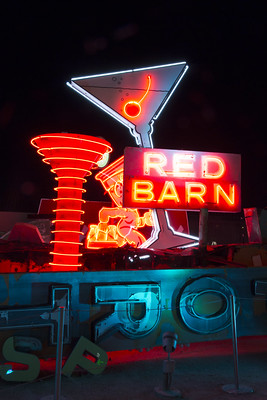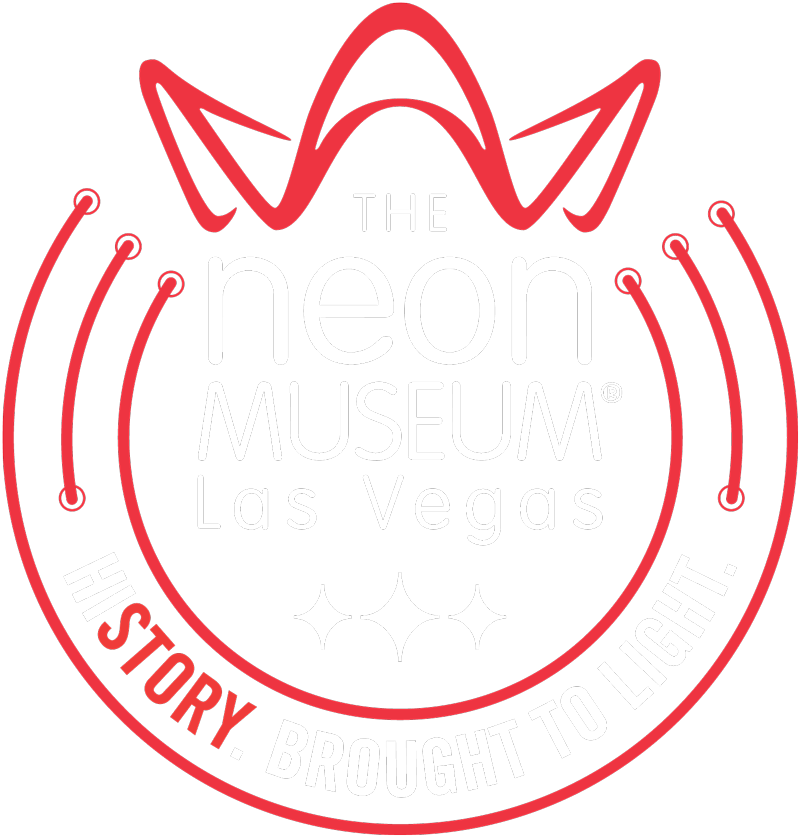 Originally, opening on the intersection of South Maryland Parkway and East Tropicana, the Red Barn opened as an antique store in 1958. However, the business was not sustainable, and went through some changes in the 1960s, becoming a bar. During the day, it catered primarily to a working-class clientele, but in the evening, it catered to Las Vegas’ LGBTQ+ community.
Originally, opening on the intersection of South Maryland Parkway and East Tropicana, the Red Barn opened as an antique store in 1958. However, the business was not sustainable, and went through some changes in the 1960s, becoming a bar. During the day, it catered primarily to a working-class clientele, but in the evening, it catered to Las Vegas’ LGBTQ+ community.
Nights at the Red Barn during “pink hour,” included LGBTQ+ performers from the Strip mingling with the bar’s regular patrons, hayrides to and from the Paradise Valley ranch a few miles away, and the infamous drag show, “Fabulous Fakes.”
Despite its LGBTQ+ programming being limited to the evening, the Red Barn joined Maxine’s and Le Café in what local historian Dennis McBride refers to as “the holy trinity of Las Vegas gay bars” in his book, Out of the Neon Closet. However, in 1972, Australian entrepreneur and entertainer Albert “Bert” Hood purchased the Red Barn and made the bold decision to be Las Vegas’ first openly gay bar.
Hood revamped the nightly entertainment, with a new drag show called “RB Follies” where he, himself, would perform as musician. The show was a sensation, running for 17,781 performances. Hood also published the “RB Bag” newsletter out of the Red Barn, one of the earliest LGBTQ+ publications in Las Vegas history.
Sadly, the 1980s saw the Red Barn fall victim to several crimes, including a physical attack on Bert Hood that resulted in his loss of hearing in one ear. There were also expanding landscapes of LGBTQ+ venues populating the marketplace, making managing the business difficult. These challenges resulted in The Red Barn closing in 1988, and the abandoned building soon burned down.
However, the history of The Red Barn has not been forgotten. The Neon Museum is proud to have The Red Barn neon sign in our collection, preserving not only the sign but the history and honoring it for the LGBTQ+ members in our Las Vegas community.
